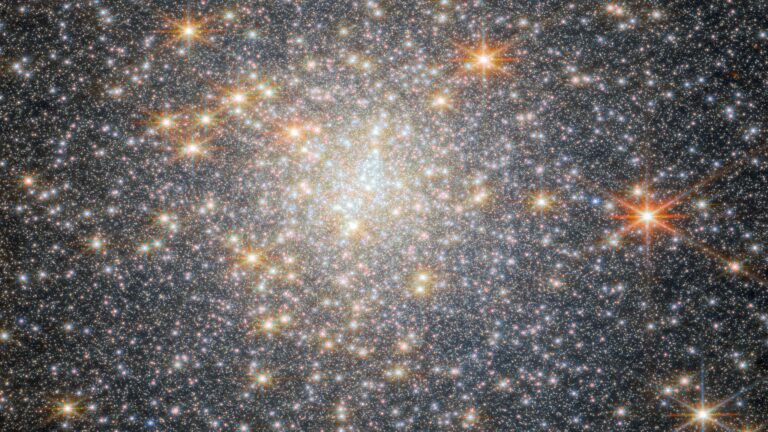Explore the otherworldly beauty of spiral galaxies and dusty nebulae.
The globular cluster NGC 6440 orbits within the bulge of the Milky Way. Observing this dense cluster has been difficult until the JWST. ESA/Webb, NASA & CSA, P. Freire. Thanks to M. Cadelano and C. Pallanca.
Located about one million miles from Earth, the James Webb Space Telescope studies the universe.
Since its launch on December 25, 2021, the JWST has provided groundbreaking insights into the history of the Universe, and 2024 will be no exception. This year, the JWST has already measured “hot Jupiters,” captured the birth of stars, found evidence of neutron stars in blazing supernova remnants, and provided new insights into the study of spiral galaxies with wavy arms.
We’ve compiled eight of our favorite images from JWST 2024 that capture the awe-inspiring wonder of space.

Images: ESA/Webb, NASA & CSA, O. Nayak, M. Meixner ESA/Webb, NASA & CSA, O. Nayak;

Image: ESA/Webb, NASA, CSA, A. Hirschauer, M. Meixner et al.

Images: NASA, ESA, CSA, STScI, Janice Lee (STScI), Thomas Williams (Oxford), PHANGS team

Images: NASA, ESA, CSA, Karl Misselt (University of Arizona), Alain Abergel (AIM Paris-Saclay).

Image credits: NASA, ESA, CSA, STScI

Images: ESA/Webb, NASA & CSA, A. Leroy, J. Lee, PHANGS team ESA/Webb, NASA & CSA, A. Leroy;

Image: Webb NIRCam + Hubble WFC3


